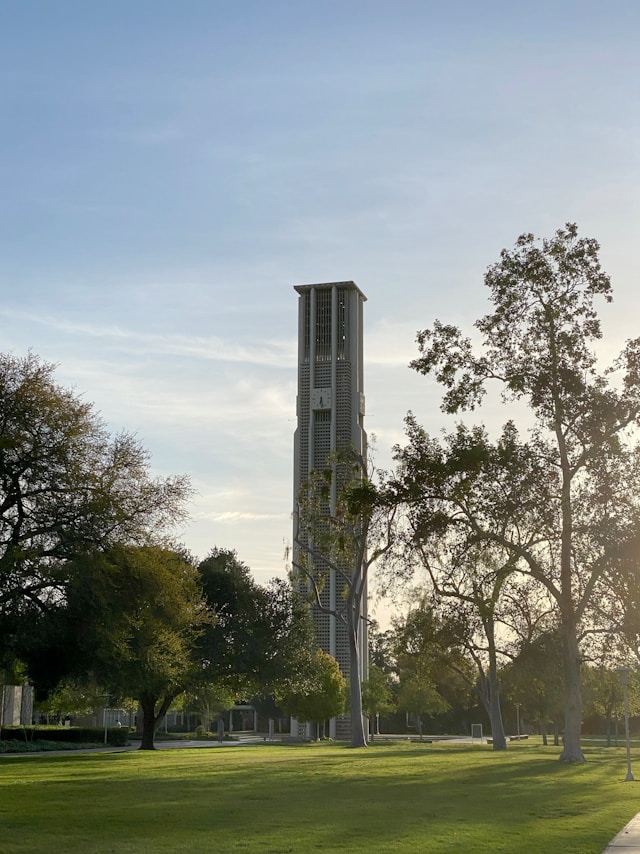Photo by Alexander Grey on Unsplash
Quality in OERs
When it comes to open educational resources (OERs), Khan Academy is one of the most famous and widely used—and for good reason: most of their educational content is videos, and the instruction in them is fairly universally appealing for its efficiency, clarity, and freedom from condescension. I really think Khan constitutes something of a gold standard in quality for OERs.
As alluded to in the articles assigned this week, consistent quality is far from universal in OERs. Of the dozen or so online university courses I’ve taken over the past 10 years, two or three have used free online textbooks published by BCcampus OpenEd. Now, I should first say, it was great that they were free—wonderful, really—and convenient (sort of) that they were online. But their quality was inconsistent, to say the least. These textbooks were at best poorly proofread, and in the most egregious case, riddled with errors. And while many of these errors were, individually, relatively harmless typos to be sure, many others partially or completely obfuscated the author’s intended meaning. In aggregate, they placed a definite burden on students in terms of added time, attention, and confusion associated with readings.
Will more mean better?
Bronwyn Hegarty (author of the article “Attributes of Open Pedagogy: A Model for Using Open Educational Resources”) seems to believe that a greater number of people participating in the creation and sharing of OERs will result in more critical responses to resources shared, thus improving the overall quality of OERs in the long run. Maybe (and I hope so!). But increased participation in social media, for example, does not seem to me to have resulted in greater overall accuracy of statements made. I just don’t see the mechanism for improvement that greater participation is supposed to bring with it.
In moving on to the question of how to increase the kind of ‘openness’ implied in ‘OER’ and ‘open pedagogy’ (that we hope will lead to higher quality materials), Hegarty mentions a researcher’s finding from one case study: “the use of mobile learning and social media within a learning community encouraged not only connectivity and sharing of resources and knowledge, but also the development of content by students” (p.9, emphasis mine). A thought struck me as I read that: What if the phrase “within a learning community” is quietly doing a lot of heavy lifting in that statement? What if a sense of community is a crucial pre-requisite to the flourishing of voluntary, meaningful, high-quality participation in any space?
People want to feel like they’re contributing to something—to some sort of central identity, however vague. Wikipedia contributors are contributing to Wikipedia and Reddit contributors to Reddit, and as soon as they do, they are rewarded with a sense of belonging. They’re in the club. And every club has an inside and an outside, even one that’s open to view from the outside. Inclusion and exclusion are two sides of the same activity—the establishment of a boundary. The best clubs have bouncers. I’m beginning to wonder about the sustainability of ‘open’.

The university’s last stand
On the other hand, if ‘open’ does turn out to be sustainable and even (with AI assistance) self-improvable, then, surely, ‘closed’ is on its way out. Universities for the most part remain very much ‘closed’, and I wonder about their sustainability. As institutions of higher learning they certainly seem less and less necessary.
Khan Academy is “a nonprofit with the mission of providing a free, world-class education for anyone, anywhere.” I do not know if Khan can fulfill this mission on its own, but, with help, the goal does seem achievable. Students enrolled in the most prestigious universities already rely on resources like Khan to understand assigned material. So what besides learning do they have to offer?
Degrees, obviously, but universities can’t hold their monopoly on those forever. Degrees have been an efficient representation of competence for a long time now, but surely we can come up with equally efficient and much more accurate representations, no? Better direct assessments of competence in any given field would mean that, after freely learning (from Khan Academy, etc.) all necessary material outside of institutions, one could test right into one’s job of choice.
Besides degrees, though, there is one other thing universities still have to offer young adults: embodied community. I suspect that is the main, underlying reason for universities’ continued existence thus far, and their only hope of survival into the future.

Leave a Reply
You must be logged in to post a comment.